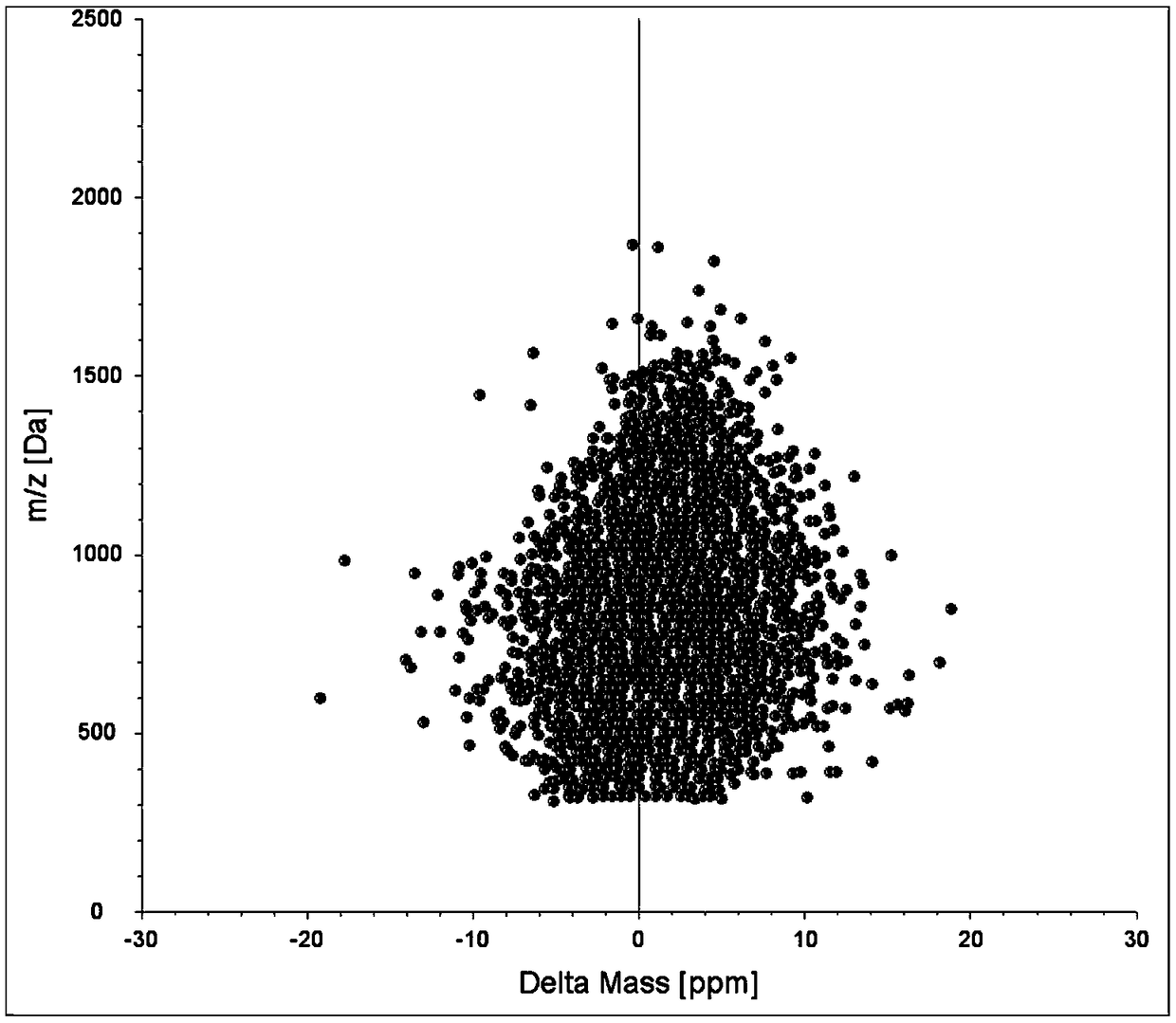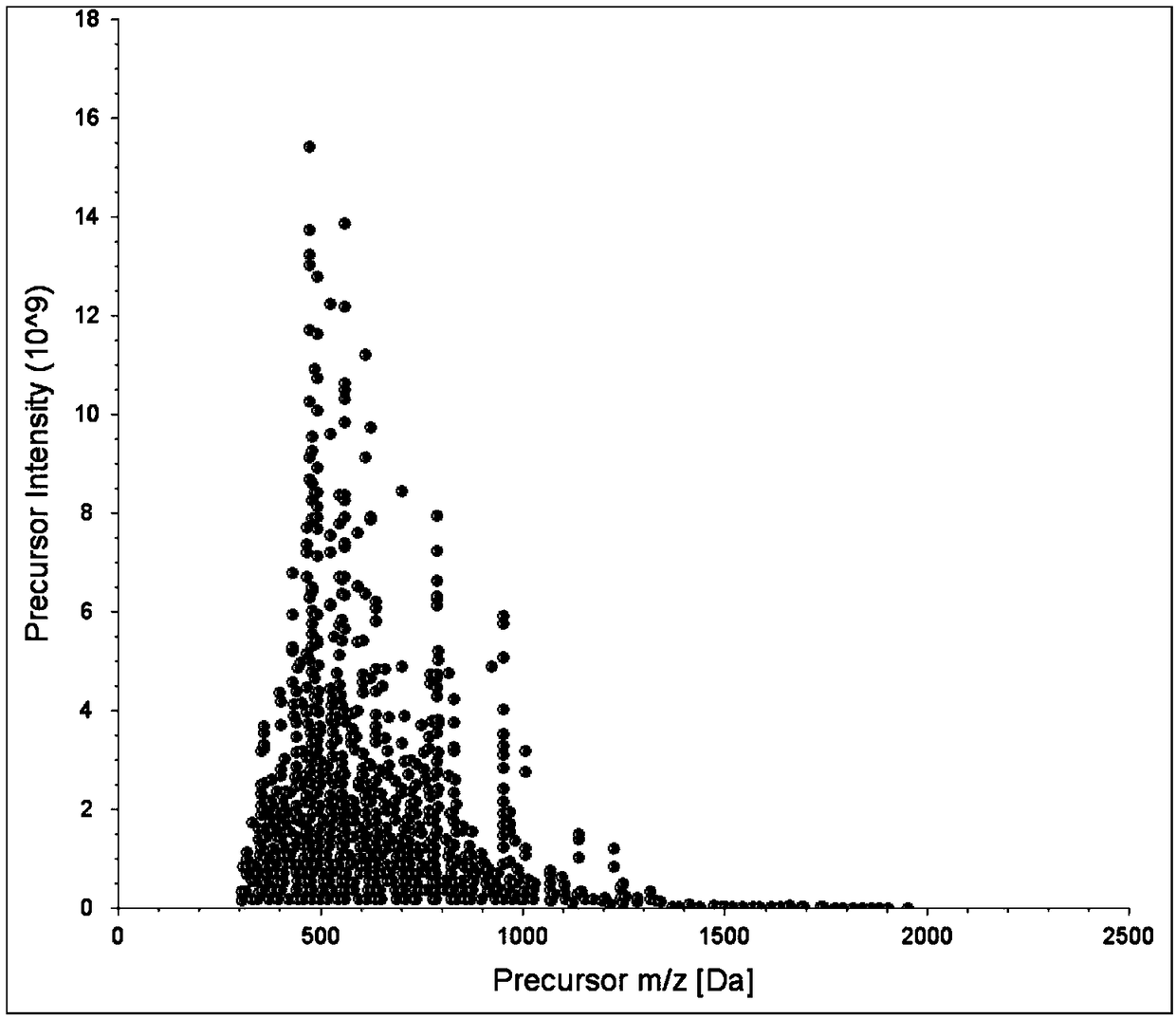Method for detecting type 2 diabetic salivary protein marker
A type 2 diabetes, salivary protein technology, applied in measurement devices, instruments, scientific instruments, etc., can solve problems such as insufficient insulin formation and elevated blood sugar
- Summary
- Abstract
- Description
- Claims
- Application Information
AI Technical Summary
Problems solved by technology
Method used
Image
Examples
Embodiment Construction
[0090] The technical solution of this patent will be further described in detail below in conjunction with specific embodiments.
[0091] see Figure 1-4 , a kind of detection method of type 2 diabetes salivary protein marker, concrete steps are as follows:
[0092] (1) Sample protein extraction: Add 5% lysis buffer to the sample, vortex mix, ultrasonicate for 60s, amplitude 22%, extract at room temperature for 30min; centrifuge at 15000r / min, 4°C for 20min, take out the supernatant; Freeze at -80°C after aliquoting;
[0093] (2) Protein quantification: use the Bradford method to measure the extracted protein concentration. First, dilute the sample with lysis buffer to make the final concentration fall within the range of the calibration curve. Take 10 μl and 300 μl of the diluted sample and standard respectively. The protein quantitative dye was reacted in the dark for 20 minutes, and the absorbance value of the standard substance and the sample at 595 nm was measured simul...
PUM
 Login to View More
Login to View More Abstract
Description
Claims
Application Information
 Login to View More
Login to View More - R&D Engineer
- R&D Manager
- IP Professional
- Industry Leading Data Capabilities
- Powerful AI technology
- Patent DNA Extraction
Browse by: Latest US Patents, China's latest patents, Technical Efficacy Thesaurus, Application Domain, Technology Topic, Popular Technical Reports.
© 2024 PatSnap. All rights reserved.Legal|Privacy policy|Modern Slavery Act Transparency Statement|Sitemap|About US| Contact US: help@patsnap.com










